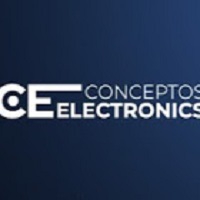FIND THE PRODUCT YOU NEED!
The best Cisco 4OC12-POS-IR-SC-B
Cisco 4OC12-POS-IR-SC-B
The Cisco® 12000 Series of packet over SONET/SDH (POS) line cards deliver state-of-the-art technology to cost-effectively scale carrier-class IP/Multiprotocol Label Switching (MPLS) packet infrastructures to meet the needs of service providers around the world (Figures 1 and 2). The POS interfaces deliver high-performance, powerful features and a full range of interface types, speeds, and connectors, enabling deployment of high-speed core, peering, and edge applications. The POS line cards provide the ideal solution to meet and exceed the ever-growing demands for higher capacity and service availability.
IN STOCK
Description
Cisco 4OC12-POS-IR-SC-B
The Cisco® 12000 Series of packet over SONET/SDH (POS) line cards deliver state-of-the-art technology to cost-effectively scale carrier-class IP/Multiprotocol Label Switching (MPLS) packet infrastructures to meet the needs of service providers around the world (Figures 1 and 2). The POS interfaces deliver high-performance, powerful features and a full range of interface types, speeds, and connectors, enabling deployment of high-speed core, peering, and edge applications. The POS line cards provide the ideal solution to meet and exceed the ever-growing demands for higher capacity and service availability.
CISCO ISE POS INTERFACES-DELIVERING ROBUST HIGH-SPEED EDGE FUNCTIONS






